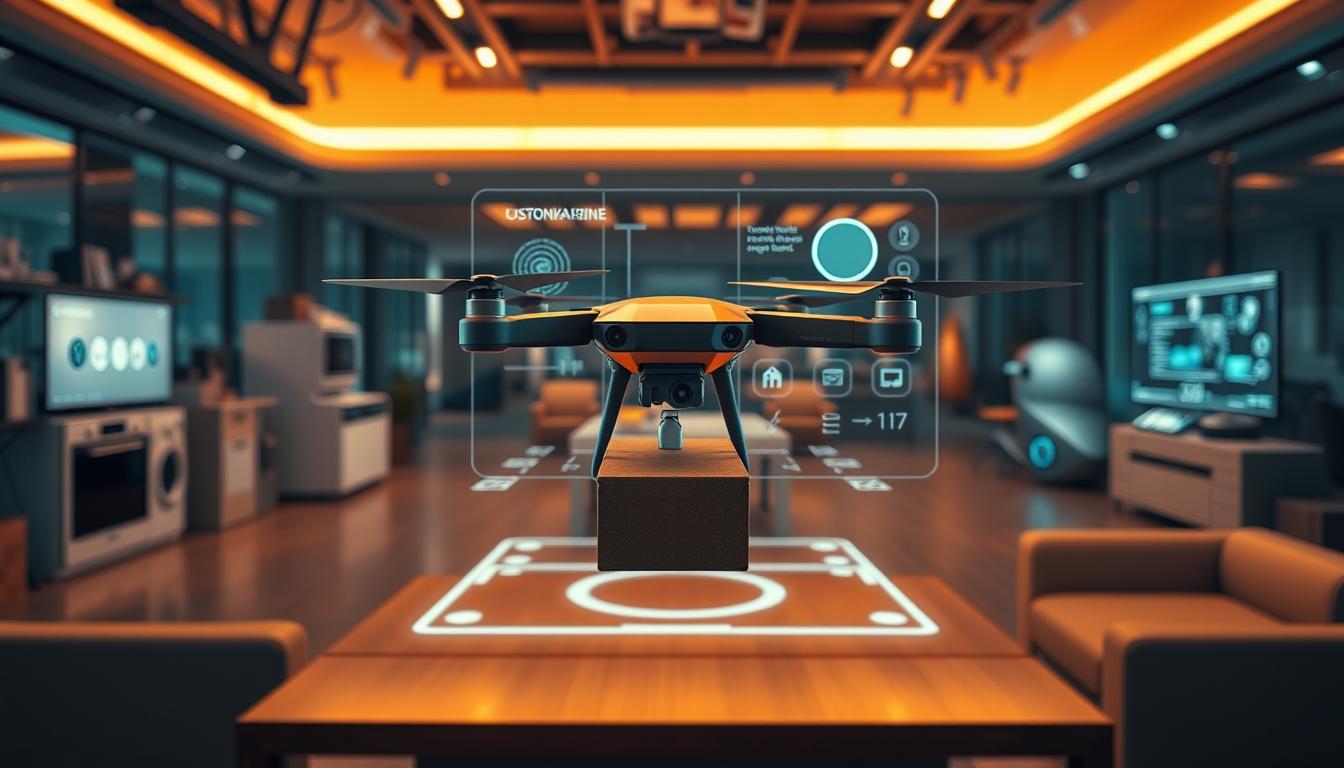The world is on the cusp of a revolution with the advent of smart gadgets that are set to transform daily life by 2025. The rapid advancement in technology has led to the convergence of artificial intelligence, machine learning, and the Internet of Things (IoT), creating unprecedented smart ecosystems.
These upcoming gadgets represent the application of scientific knowledge to practical human life aims, simplifying tasks, saving time, and enhancing quality of life. With growing consumer demand for such innovations, the industry is shifting towards creating more integrated and intelligent systems.
The concept of ambient computing is becoming increasingly prominent, where technology seamlessly assists us without being obtrusive. As we move towards 2025, we can expect significant advancements in various categories of smart gadgets, from home assistants to health monitoring devices, driven by science and engineering innovations.
- The Evolution of Smart Technology
- Smart Home Assistants of the Future
- Revolutionary Health Monitoring Devices
- Next-Generation Smart Wearables
- Intelligent Kitchen Gadgets
- Advanced Personal Transportation Devices
- Smart Energy Management Systems
- Technology for Enhanced Productivity
- Smart Security and Privacy Gadgets
- Entertainment and Leisure Technology
- Integrating Smart Gadgets: The Connected Ecosystem
- Conclusion: Embracing the Smart Future
- FAQ
- What are the benefits of using smart home assistants?
- How do health monitoring devices work?
- What is the role of AI in personal transportation devices?
- How can smart energy management systems help reduce energy consumption?
- What are the advantages of using augmented reality glasses and contacts?
- How do smart security and privacy gadgets protect user data?
- What is the significance of universal compatibility standards in smart gadgets?
- How can AI personal assistants enhance productivity?
Key Takeaways
- Smart gadgets will revolutionize daily life by 2025.
- Convergence of AI, ML, and IoT is creating new smart ecosystems.
- Gadgets will simplify tasks and enhance quality of life.
- Ambient computing will become more prevalent.
- Advancements will be driven by scientific knowledge and engineering.
The Evolution of Smart Technology
With the dawn of 2025, smart technology is set to take a giant leap, transforming our lives in unprecedented ways. Technology, the application of conceptual knowledge to achieve practical goals, has been evolving rapidly. It plays a critical role in science, engineering, and everyday life, leading to significant changes in society.
From Basic Automation to AI-Powered Ecosystems
The journey of smart technology from basic automation to sophisticated AI-powered ecosystems has been remarkable. Initially, automation focused on simplifying tasks, but now AI has enabled these systems to become proactive, anticipating needs and providing solutions. This shift is driven by advancements in nanotechnology and computer science, enhancing the environment in which we live.
The integration of AI has transformed smart technology into an ecosystem that learns and adapts, making it an indispensable part of daily life. This development has led to a significant change in how we interact with technology, making it more intuitive and personalized.
How 2025 Technology Will Transform Daily Life
In 2025, smart technology will fundamentally change daily routines, from morning wake-up to bedtime. AI-powered personal assistants will coordinate multiple aspects of life, including scheduling, health management, and entertainment. The technology will blur the boundaries between physical and digital environments through augmented reality and ambient computing, creating highly personalized experiences.
Moreover, 2025 technology will address current pain points such as time management, decision fatigue, and information overload. By adapting to individual preferences and needs, these technologies will make life more efficient and enjoyable. The use of advanced methods and power-efficient technologies will further enhance the user experience.
Smart Home Assistants of the Future

As we step into 2025, the landscape of smart home assistants is undergoing a significant transformation. The technology behind these assistants is becoming increasingly sophisticated, enabling them to better understand and anticipate user needs.
Beyond Voice Commands: Neural Interface Assistants
The future of smart home assistants lies in neural interface technology, allowing users to control their environment with mere thoughts. This development in technology is poised to revolutionize the way we interact with our homes.
Neural interface assistants will learn to recognize and adapt to individual preferences, creating a more personalized and intuitive experience. This method of interaction will make it easier for people to manage their homes without the need for voice commands or manual controls.
Predictive AI That Anticipates Your Needs
Predictive AI is set to take smart home assistants to the next level by anticipating user needs based on patterns, preferences, and contextual awareness. This application of AI will enable homes to adjust temperature, lighting, and even order groceries before you run out, making life more convenient.
The environment within the home will be optimized for comfort and efficiency, thanks to the use of advanced technologies and science in developing these AI systems.
These systems will balance automation with user control, providing suggestions rather than making all decisions. They will adapt to changing household needs, such as guests or special events, and learn from mistakes and user feedback to continuously improve.
Revolutionary Health Monitoring Devices
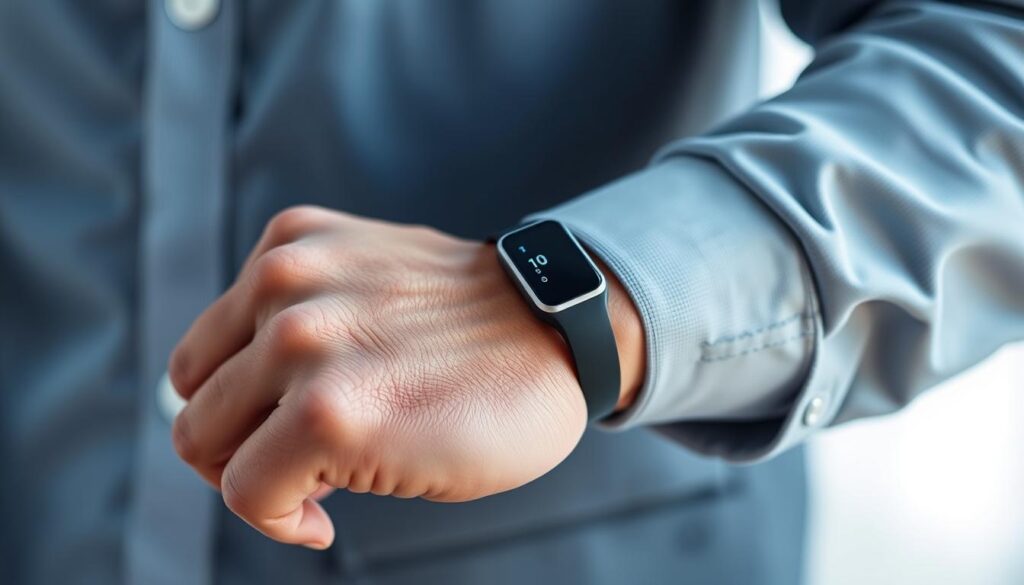
As we step into 2025, the landscape of health monitoring is undergoing a significant transformation. The integration of advanced technologies and science is giving rise to revolutionary health monitoring devices that are set to change the way we manage our health.
Non-Invasive Continuous Health Trackers
Non-invasive continuous health trackers are at the forefront of this revolution. These devices utilize nanotechnology and advanced engineering to monitor health metrics continuously without the need for invasive procedures. By leveraging these technologies, individuals can gain insights into their health in real-time, enabling proactive management of their wellbeing.
The use of such trackers is becoming increasingly prevalent, with applications ranging from monitoring blood glucose levels to tracking cardiovascular health. This technology is not only improving health outcomes but also enhancing the quality of life by providing individuals with the data they need to make informed decisions.
Preventative Health AI Systems
Preventative Health AI Systems represent another significant advancement in health monitoring. These systems employ sophisticated algorithms to analyze health data, identifying patterns and predicting potential health issues before they become critical. By combining personal health data with vast medical knowledge bases, these AI systems provide contextually relevant health insights.
The application of Preventative Health AI Systems is vast, offering personalized recommendations for lifestyle adjustments, nutrition, exercise, and sleep to optimize health outcomes. Furthermore, these systems can coordinate with healthcare providers to enable early intervention when concerning patterns are detected, thereby changing the healthcare landscape for the better.
By embracing these revolutionary health monitoring devices, individuals can take a proactive approach to their health, leveraging the power of technology and AI to prevent health issues rather than just treating them. As these technologies continue to evolve, we can expect a significant change in the way healthcare is delivered and managed.
Next-Generation Smart Wearables
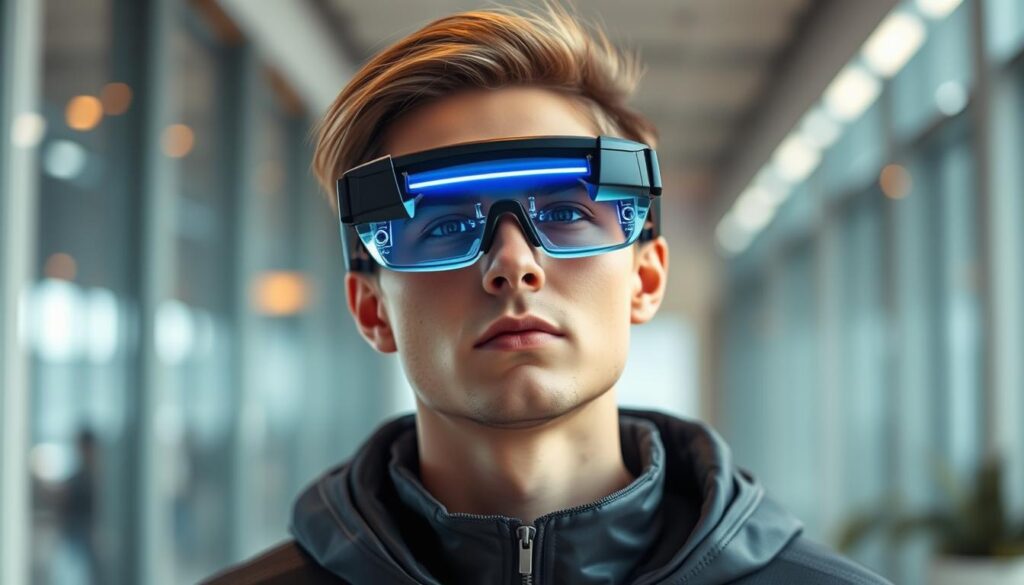
Smart wearables are on the cusp of a significant evolution, integrating cutting-edge technology into our daily attire. This new generation of wearables promises to enhance our interaction with the environment and improve our quality of life through innovative technologies and application of science and engineering.
Augmented Reality Glasses and Contacts
Augmented reality (AR) glasses and contacts are set to revolutionize the way we perceive and interact with information. By overlaying digital data onto the real world, these devices provide users with real-time information, enhancing their ability to navigate and understand their surroundings. The use of AR in wearables is expected to grow significantly, driven by advancements in nanotechnology and display technologies.
The integration of AR into wearables also opens up new possibilities for entertainment, education, and professional training, making complex information more accessible and engaging.
Smart Clothing with Integrated Technology
Smart clothing is another area where significant advancements are being made. By incorporating flexible sensors, displays, and computing elements, smart garments can monitor health, adjust to environmental conditions, and provide haptic feedback. The development of conductive fabrics and printed electronics enables garments that are not only functional but also comfortable and stylish.
These garments can harvest energy from body heat and movement, reducing the need for external power sources. Moreover, advancements in washable and durable electronics are overcoming previous limitations of smart textiles, making smart clothing a practical reality for everyday use.
Intelligent Kitchen Gadgets
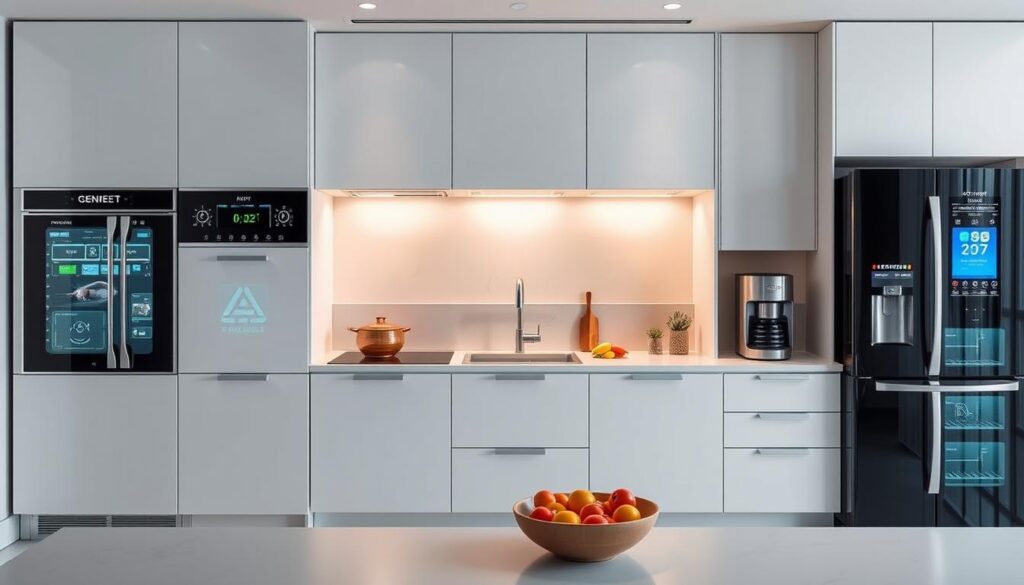
Intelligent kitchen gadgets are redefining the cooking experience, making it more efficient and enjoyable in 2025. The integration of advanced technology and innovative methods is transforming kitchens into smart, interactive spaces.
Automated Cooking Systems
Automated cooking systems are at the forefront of kitchen innovation. These systems utilize precise temperature control and sophisticated cooking algorithms to prepare a wide range of dishes with minimal human intervention. By leveraging science and engineering, they ensure consistent results and reduce cooking time.
Nutrition-Optimizing Food Preparation Devices
Nutrition-optimizing devices are changing the way we prepare meals, focusing on maximizing nutritional value while enhancing flavor. These devices use nanotechnology and spectroscopic analysis to determine the nutritional composition of ingredients and adjust recipes accordingly. They create personalized meal plans based on individual nutritional needs, health goals, and taste preferences, making healthy eating more accessible and enjoyable.
The development of these intelligent kitchen gadgets is set to change the way we interact with our kitchens, making cooking easier and more efficient. As we continue to use and innovate these technologies, we can expect a significant development in the culinary world.
Advanced Personal Transportation Devices
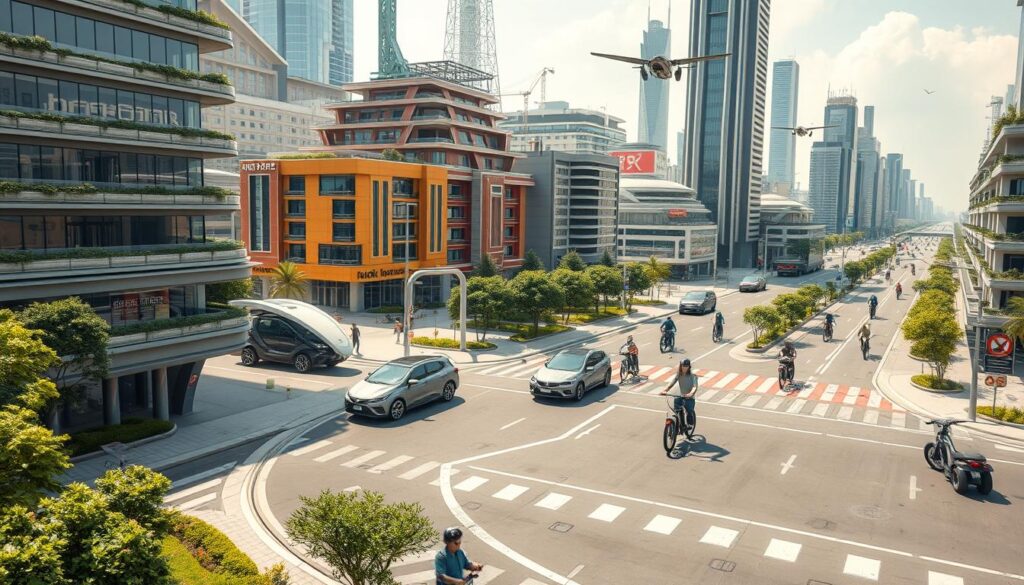
The future of personal transportation is being reshaped by cutting-edge technology, making it more efficient, sustainable, and personalized.
Foldable Electric Vehicles
Foldable electric vehicles represent a significant innovation in personal transportation, offering the convenience of compact storage and eco-friendly travel. These vehicles are designed to be easily folded and carried, making them ideal for urban environments where space is limited.
With advancements in engineering and science, these vehicles are becoming more accessible and user-friendly, providing a viable alternative to traditional transportation methods.
AI-Navigated Personal Mobility Solutions
AI navigation systems are transforming personal mobility by optimizing routes based on multiple factors beyond simple distance, such as traffic conditions, road safety, and user preferences. These systems learn individual preferences over time, suggesting scenic routes or pathways that enhance the travel experience.
By coordinating with smart city infrastructure, AI navigation provides real-time updates on traffic, construction, and parking, ensuring a smoother journey. Moreover, these systems enhance safety by anticipating potential hazards and suggesting alternate routes when necessary, thus minimizing risks.
The integration of AI in personal transportation not only optimizes energy usage by selecting routes that minimize battery consumption but also coordinates multiple transportation modes to create seamless journeys, combining personal vehicles, public transit, and walking segments.
Smart Energy Management Systems
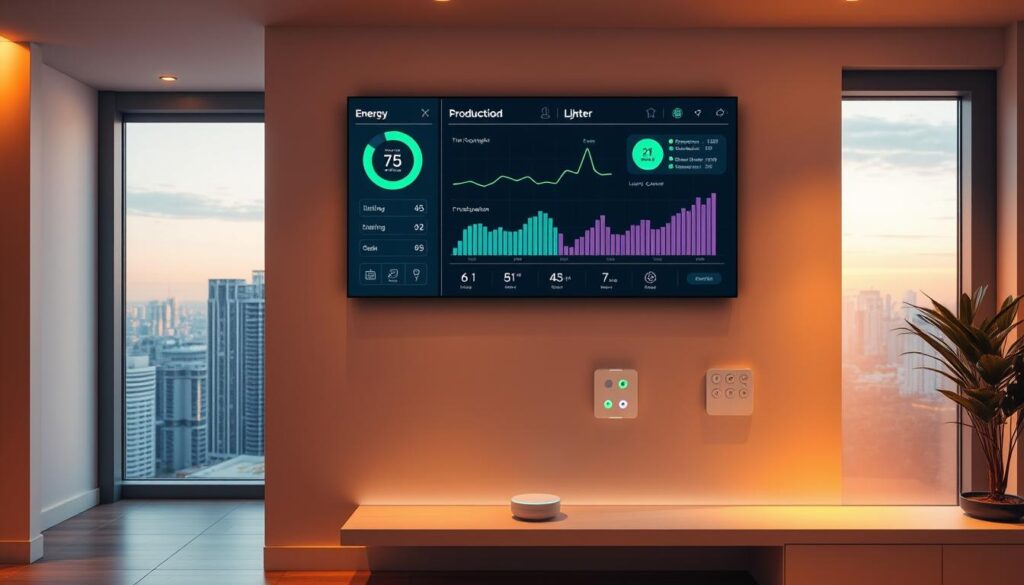
As we move towards a more sustainable future, smart energy management systems are revolutionizing the way we consume and manage energy. These systems are designed to optimize energy distribution, reduce waste, and promote the use of renewable energy sources.
Self-Regulating Power Distribution
Self-regulating power distribution is a key feature of smart energy management systems. This technology enables the efficient allocation of energy based on demand, reducing the strain on the grid during peak hours. By leveraging advanced technologies and methods, these systems can predict energy demand and adjust supply accordingly, minimizing the risk of power outages and reducing energy waste.
Renewable Energy Integration Gadgets
Renewable energy integration gadgets are another crucial component of smart energy management systems. These gadgets enable the seamless integration of renewable energy sources, such as solar and wind power, into the energy grid. By harnessing energy from multiple sources, these systems can reduce our reliance on fossil fuels and mitigate the impact of energy consumption on the environment.
The use of advanced battery and capacitor technologies is also critical in smart energy management systems, as it enables the efficient storage of renewable energy for use when needed. This not only reduces our dependence on the traditional power grid but also provides a reliable source of energy, even during periods of high demand.
Technology for Enhanced Productivity
In 2025, the integration of AI and smart technologies is expected to redefine productivity standards. The use of advanced technologies is not just a trend but a necessity for individuals and organizations aiming to stay ahead.
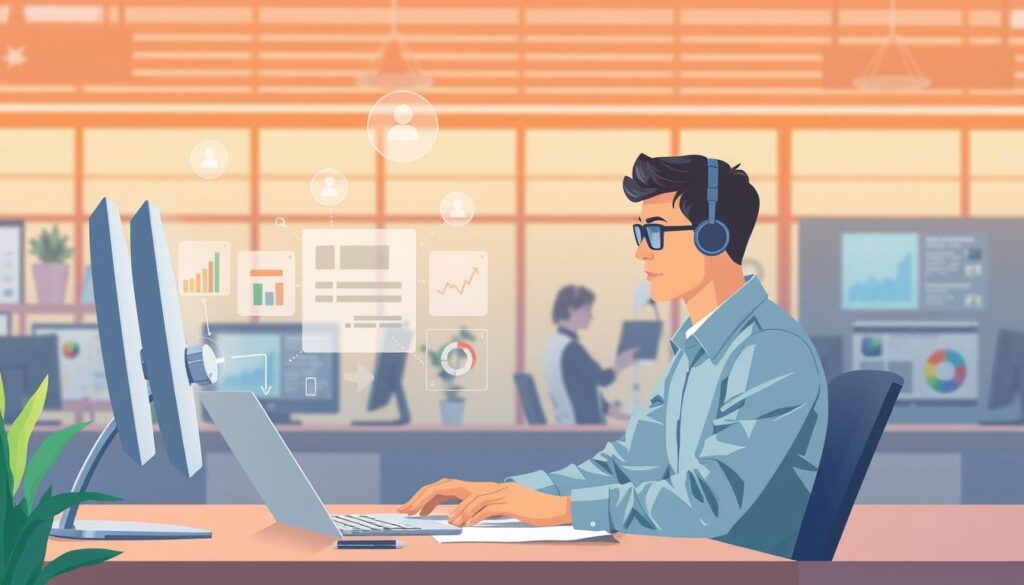
AI Personal Assistants for Work
AI personal assistants are revolutionizing the workplace by managing tasks, scheduling appointments, and providing valuable insights. These assistants use machine learning algorithms to learn from user behavior and adapt to their needs.
The application of AI in personal assistants is a significant development in the field of productivity enhancement. By automating routine tasks, these assistants enable professionals to focus on more complex and creative tasks.
Focus and Creativity Boosting Devices
Devices designed to boost focus and creativity are becoming increasingly popular. These devices use non-invasive neuromodulation techniques to optimize brain states for different cognitive tasks.
Ambient environmental controls can automatically adjust lighting, sound, and temperature to create optimal conditions for focus or creativity. This technology is a significant advancement in the field of cognitive enhancement.
Furthermore, these devices can monitor cognitive fatigue and suggest breaks or transitions between tasks at optimal intervals. This feature helps in maintaining productivity throughout the day.
The focus-enhancing technology creates “flow state” conditions by managing digital distractions and creating the right level of challenge. This results in enhanced productivity and better work quality.
Creativity-boosting devices facilitate connections between ideas and concepts through intelligent suggestion systems. These systems are designed to adapt to individual cognitive styles and preferences, providing personalized cognitive enhancement.
Smart Security and Privacy Gadgets
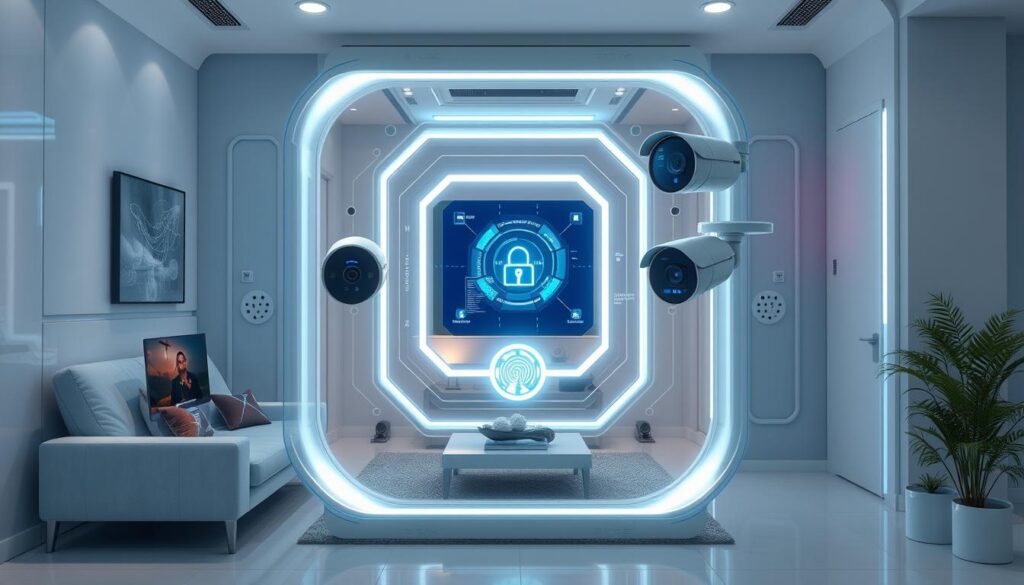
The year 2025 is poised to revolutionize home security with cutting-edge smart gadgets that prioritize both safety and privacy. As technology advances, we’re seeing a significant development in security systems that not only protect our homes but also ensure our personal data remains secure.
Biometric Security Systems
Biometric security systems are at the forefront of this revolution, utilizing fingerprint recognition, facial recognition, and voice authentication to provide a more secure and convenient way to protect our homes. These systems use advanced technologies to verify identities, making it nearly impossible for intruders to gain access.
Privacy-Preserving Smart Monitors
Privacy-preserving smart monitors are another crucial innovation in home security. These devices use edge computing to process sensitive information locally, sharing only necessary data with external systems. By employing anonymization and data minimization techniques, these monitors provide insights without compromising personal information, thus balancing security needs with privacy rights.
As we move forward, it’s clear that technology will continue to play a vital role in shaping the future of home security. With the integration of nanotechnology and advanced methods of data processing, we can expect even more sophisticated security solutions in the years to come.
By adopting these smart security and privacy gadgets, homeowners can enjoy a safer, more secure living environment, knowing that their personal data is protected through the latest application of science and engineering.
Entertainment and Leisure Technology
The future of entertainment is not just about watching or listening; it’s about being part of the experience, thanks to immersive entertainment technology. This new era of leisure is characterized by advancements in both visual display systems and interactive interfaces.
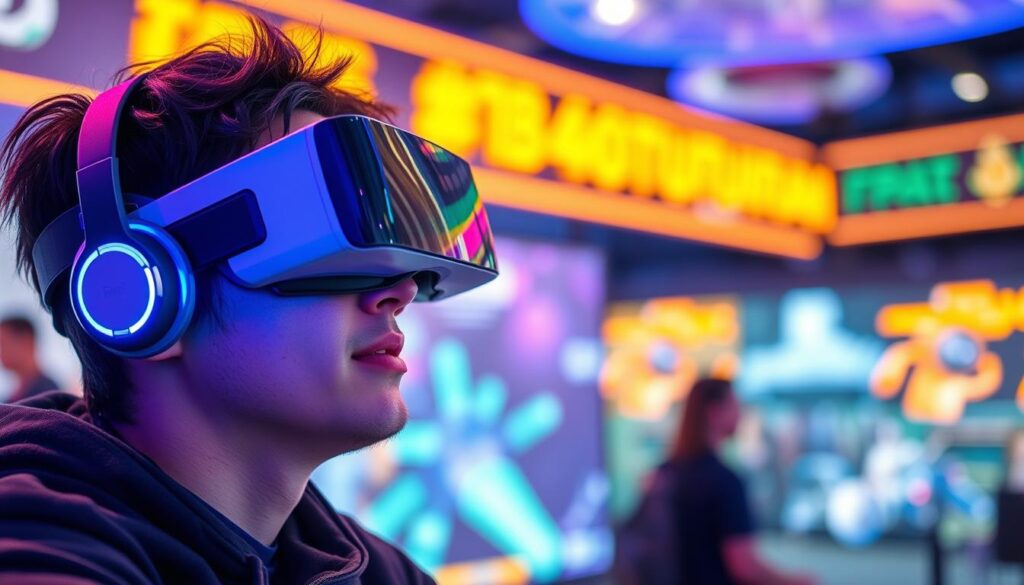
Holographic Display Systems
Holographic display systems are revolutionizing the way we consume entertainment by projecting three-dimensional images into space. This technology allows for a more engaging experience, making it feel as though the characters or objects are present in the room.
The development of holographic displays involves complex engineering to ensure that the images are clear and stable from various viewing angles. As this technology advances, we can expect to see it become more prevalent in homes and public entertainment venues.
Mind-Controlled Gaming Interfaces
Mind-controlled gaming interfaces represent a significant leap forward in interactive entertainment. These systems use non-invasive EEG and other sensing technologies to detect a player’s intentions and emotional responses, allowing for direct mental control of virtual environments and characters.
The application of mind-controlled interfaces will not only enhance the gaming experience by removing the abstraction of physical controllers but also make gaming more accessible to people with physical limitations. As this technology continues to evolve, we can expect to see new game mechanics that leverage concentration, emotional regulation, and imaginative visualization.
Integrating Smart Gadgets: The Connected Ecosystem
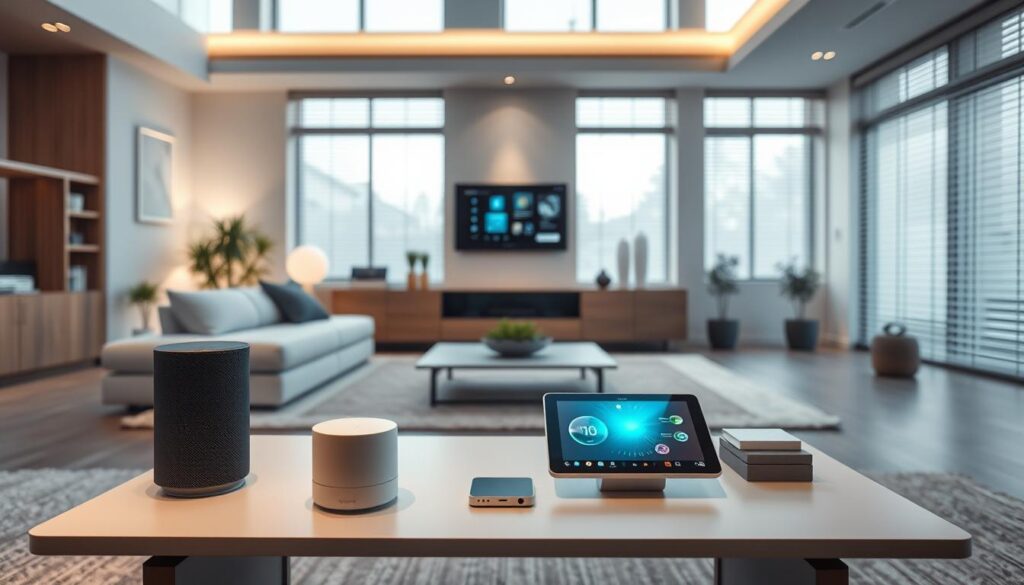
The future of smart gadgets is not just about individual devices, but about creating a connected ecosystem that enhances our living experience. As we move into 2025, the focus is on integrating various smart technologies into a unified system that is both intuitive and powerful.
Universal Compatibility Standards
The development of universal compatibility standards is crucial for the seamless integration of smart gadgets. This involves creating a common language that allows different devices to communicate effectively, regardless of the manufacturer. Interoperability is key to ensuring that devices can work together, providing a cohesive user experience. For instance, a smart lighting system should be able to interact with a smart thermostat to optimize energy consumption.
| Device Type | Compatibility Feature | Benefit |
|---|---|---|
| Smart Speakers | Voice Control | Hands-free operation |
| Smart Thermostats | Temperature Adjustment | Energy Efficiency |
| Smart Lighting | Automated Lighting | Enhanced Security |
Managing Your Smart Life: Central Control Systems
Central control systems are the backbone of a connected ecosystem, providing a unified interface to manage diverse smart devices. These systems utilize AI assistance to simplify complex automation, offering multiple interaction methods such as voice, gesture, and touch. By learning user behavior, central controls can anticipate needs and adjust settings accordingly, ensuring a personalized experience.
For example, a central control system can manage permissions and access for different household members and guests, providing appropriate levels of information and control based on user expertise and current needs. This ensures that the system is both comprehensive and user-friendly, preventing information overload.
Conclusion: Embracing the Smart Future
With the advent of 2025, smart technology is set to make significant strides in enhancing our quality of life. The collective impact of these innovations will be a significant leap in ambient intelligence and integration, transforming daily life through enhanced convenience, efficiency, health, and wellbeing.
As we embrace this new technology, it’s crucial to develop digital literacy and adopt thoughtful technology strategies. This balance between embracing technological benefits and maintaining human agency is key. The development of these smart gadgets will continue the historical pattern of technological evolution while addressing current societal challenges.
Ultimately, the future of smart gadgets holds much promise, and by harnessing these technologies, individuals can enhance their lives while shaping the direction of future development in the world of technology.
FAQ
What are the benefits of using smart home assistants?
Smart home assistants, such as those utilizing neural interface technology, can greatly simplify daily tasks, enhance home security, and provide personalized recommendations, making life more convenient and efficient.
How do health monitoring devices work?
Non-invasive continuous health trackers and preventative health AI systems work by monitoring vital signs and other health metrics, providing real-time data that can be used to detect potential health issues early, and offering insights to improve overall well-being.
What is the role of AI in personal transportation devices?
AI-navigated personal mobility solutions optimize routes, predict and adapt to traffic patterns, and enhance safety features, making transportation more efficient, convenient, and secure.
How can smart energy management systems help reduce energy consumption?
Self-regulating power distribution and renewable energy integration gadgets work together to optimize energy usage, predict energy demand, and seamlessly integrate renewable energy sources, reducing waste and lowering overall energy consumption.
What are the advantages of using augmented reality glasses and contacts?
Augmented reality glasses and contacts provide users with real-time information, enhance navigation, and offer immersive experiences, revolutionizing the way we interact with the world around us.
How do smart security and privacy gadgets protect user data?
Biometric security systems and privacy-preserving smart monitors ensure that user data is safeguarded through advanced encryption methods and secure authentication processes, protecting against unauthorized access.
What is the significance of universal compatibility standards in smart gadgets?
Universal compatibility standards enable different smart devices to communicate and work together seamlessly, creating a cohesive and integrated smart ecosystem that is easy to manage and control.
How can AI personal assistants enhance productivity?
AI personal assistants for work help users manage tasks, prioritize activities, and stay organized, freeing up time to focus on high-priority tasks and improving overall productivity.

